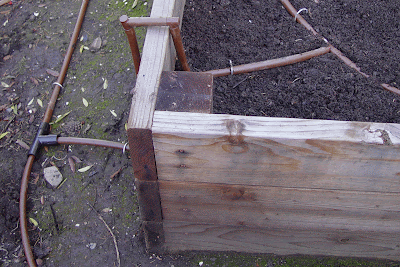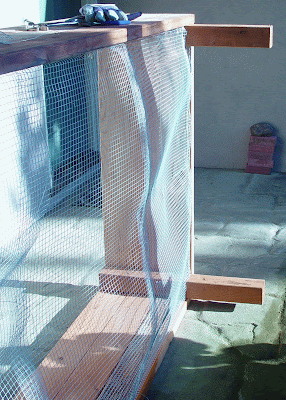The most important part of designing a vegetable garden is deciding what you want to eat for the summer! I love fresh tomatoes and anything that can be made into a salad. And I like a combination of warm season crops (tomatoes, beans, and lettuce), and cool season crops (broccoli, cabbage, and carrots) to extend the season.
Size is another factor. My vegetable garden is pretty small—just an 8 feet by 4 feet raised garden bed. But I can expand my planting area by planting outside the garden box, either directly in the soil, or in a series of containers. Another thing I’ve been learning is that vegetables do not need to be planted is rows. You can plant smaller plants around larger plants, and continue planting in cycles as space opens up.
Another factor is what was planted the previous year. Some plants, like those in the nightshade family (tomatoes and peppers), deplete the soil. Other plants, like those in the legume family (peas and beans), augment the soil. Crop rotation helps ensure healthy soil and good harvest.
 |
| Salad 2010 - Here's a rough sketch of my vegetable garden for 2010. The large rectangle represents my raised garden box; herbs are planted outside the box. |
 |
| Salad 2011. Notice the rotation of the tomato plants and legumes inside the box. I also plan to increase the quantity of herbs planted outside the box. |
Many gardening books provide information about vegetable gardening. One of my favorite resources is the California Master Gardener Handbook; edited by Dennis R. Pittenger; and published by the University of California Agriculture and Natural Resources (publication 3382).



























